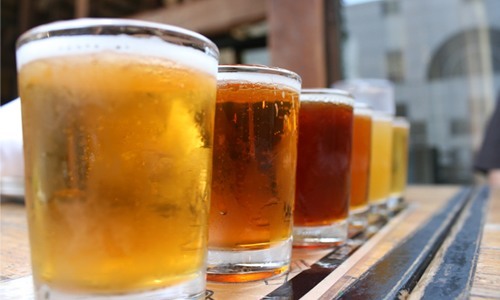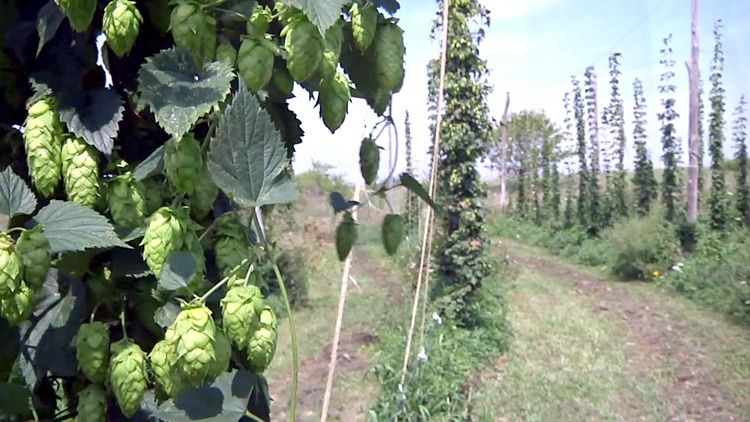

As any beer lover knows, hops are a key ingredient in beer. But now, climate change poses a threat to hops production, according to the National Oceanic and Atmospheric Administration (NOAA).
The U.S. is the second largest hops-producing country in the world. But almost all of the nation’s commercial hopyards are located in just three states: Washington, Oregon and Idaho. Washington alone produces nearly three-quarters of all the nation’s hops. In 2015, an estimated 71 percent of U.S. hops were grown in Washington, 15 percent in Oregon and 11 percent in Idaho, according to data from Hop Growers of America.
Growers in states across the U.S. are increasingly planting commercial hopyards to meet the craft beer industry’s voracious demand. But all of the other 47 states’ hops acreage make up less than 3 percent of total hops acreage in the U.S.
The concentration of hops production goes even further because within the state of Washington, the Yakima Valley is the primary hops-growing area.
The Yakima Valley lies in the rain shadow of the Cascade Mountains with an average annual rainfall of 7 to 10 inches. Its summers are hot and dry, making the region dependent on winter snowpack for its water supply. Hops production has flourished in Yakima Valley, in part, because of its favorable climate, but according to NOAA, the extreme heat the region experienced last year impacted yields.
2015 shattered global temperature records, and Washington, in particular, experienced record hot and dry conditions. In May, Washington Gov. Jay Inslee declared a drought emergency after state officials recorded the lowest snowpack ever for the state. Washington also had a brutal wildfire season in 2015 with the massive Okanogan Complex surpassing last year’s record-setting Carlton Complex to become the largest fire in the state’s history.
The 2015 National Hop Report from the U.S. Department of Agriculture found that growers suffered crop loss in some varieties, such as Willamette and Centennial, which don’t hold up well in extreme heat.
“Early season aroma varieties, particularly European noble types, were most impacted by the extreme heat during the latter half of June, as bloom was underway,” Ann George, executive director of the Washington Hop Commission, told NOAA. Still, despite the record drought and heat, Washington produced a record number of hops—59.4 million pounds, according to NOAA.

 233k
233k  41k
41k  Subscribe
Subscribe 


